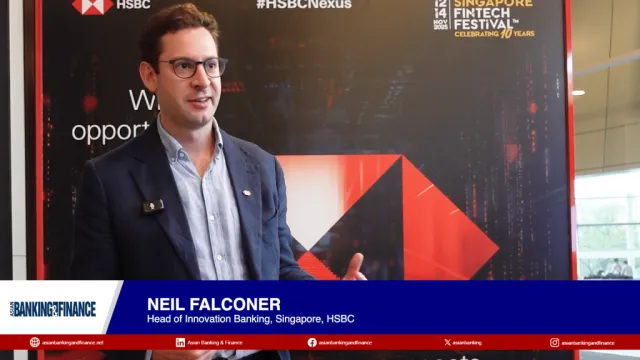Risk management in Islamic banking
By Adil AhmadBanking in Asia has grown by leaps and bounds in terms of size, profitability, sophistication and maturity in the dozen years so far of the 21st century. One of the standouts in this growth has been Islamic banking. Although Islamic banking has a long and illustrious history dating back to the advent of Islam some 1500 years ago, in its current incarnation it is less than 50 years old. And, as happens in a relatively young industry, there are several debates about its form and substance. One of these relates to risk management in Islamic banking.
As is well known, an Islamic banker cannot lend money to a borrower and charge interest on the loan. Making money on money is prohibited in Islam. However, financing is permitted in Islam and there are two broad modes of commercial Islamic finance. The first is the ‘Profit & Loss sharing’ mode, and Islamic scholars believe this to be the purest form of Islamic banking. Under this mode the financier and the financed are partners, and share the profit and the loss of the business venture. However, for several reasons (which are beyond the scope of this article), the vast majority of Islamic banking to date has been under the ‘mark-up’ mode. The two most popular products within the ‘mark-up’ mode of financing are Murabaha and Ijara. There are also numerous variations of these two products such as Bai Bithamin Ajil, Bai Muajjal, Ijara wa Iktina, Ijara Thumma al Bai etc.
Under Murabaha, an entity which wishes to acquire certain goods but does not possess the funds to pay for it, approaches an Islamic bank which acquires the goods from the supplier and pays on sight, and then subsequently sells the good to the entity on a deferred payment marked up basis. Islamic scholars have ruled that this mark up is acceptable because it is a trading profit for the financier.
Under Ijara, an entity which wishes to acquire a capital asset but does not have the funds to pay the supplier approaches an Islamic bank which acquires the asset from the supplier with payment on sight, and then leases it to the entity for a periodic rental (which includes a mark-up). Islamic scholars have ruled that the mark up contained in the rental is acceptable because it is part of the leasing arrangement.
There are some within the Islamic banking industry who argue that the risk assessment and management techniques developed by the conventional banking industry have little or no place in Islamic banking. It would appear that this thinking is based on the premise that Islamic banking is undertaken primarily under the ‘Profit & Loss sharing’ mode. Under this mode, the financier and the financed are partners in the business and the financier will not conduct a conventional risk assessment on the financed. However, since the vast majority of Islamic banking is conducted under the ‘mark-up’ mode, the risks identified in conventional banking (e.g. credit risk, market risk, liquidity risk and operational risk) and the mitigation techniques developed for these risks in conventional banking are also very relevant in Islamic banking.
For example, in both Murabaha and Ijara (and indeed in all mark up-financing) the Islamic bank needs to undertake a detailed due diligence of the entity to whom it is providing the finance to maximize the probability that the entity will pay the future rentals or the future sale price and so on. Effectively, the Islamic bank has to assess the credit risk of the entity.
Additionally, under an Ijarah contract the periodic rentals will probably be paid over many years, so the Islamic banker also needs to assess market and liquidity risks. If the financing is extended in another country or in a foreign currency, then the Islamic banker also needs to assess exchange rate and country risk, and so on. In summary, the Islamic banker has to assess most of the same risks prior to providing Murabaha or Ijara financing that a conventional banker needs to assess prior to granting a loan. And the Islamic banker also has to manage these risks the same way that a conventional banker does.
In addition, all Islamic banks have to safeguard themselves against the same operational risks (e.g. fraud, process management, business disruption etc) that conventional banks face.
Shariah compliance risk is one additional risk that Islamic bankers have to deal with which conventional bankers do not. This is the risk that one or more aspects of the business and operations of the Islamic bank do not conform to Shariah (Islamic law). It is a truism that if this risk is not properly identified and managed, then the Islamic bank is not Islamic. For this reason, many feel that this is the most critical risk faced by Islamic banks.



















 Advertise
Advertise








